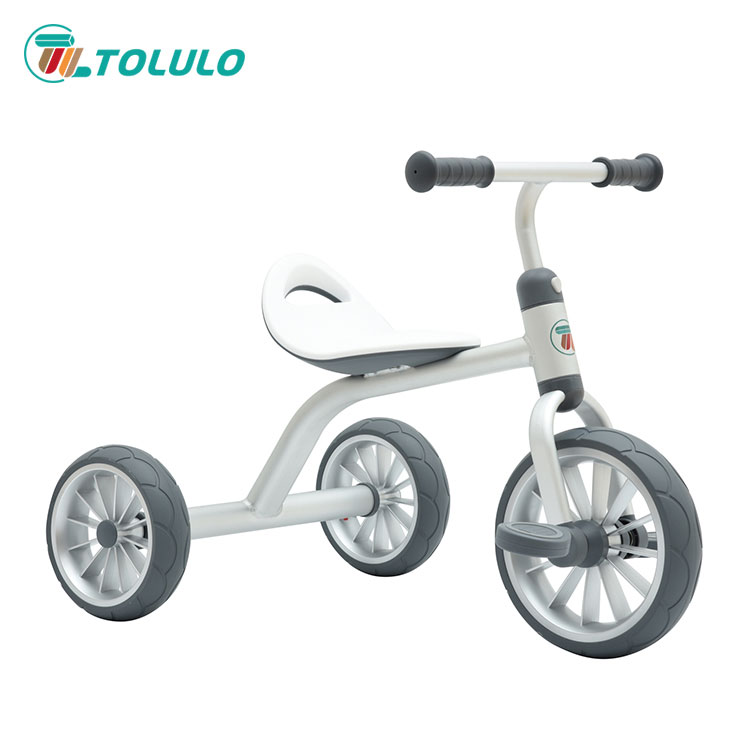 English
English-
 English
English -
 Español
Español -
 Português
Português -
 русский
русский -
 Français
Français -
 日本語
日本語 -
 Deutsch
Deutsch -
 tiếng Việt
tiếng Việt -
 Italiano
Italiano -
 Nederlands
Nederlands -
 ภาษาไทย
ภาษาไทย -
 Polski
Polski -
 한국어
한국어 -
 Svenska
Svenska -
 magyar
magyar -
 Malay
Malay -
 বাংলা ভাষার
বাংলা ভাষার -
 Dansk
Dansk -
 Suomi
Suomi -
 हिन्दी
हिन्दी -
 Pilipino
Pilipino -
 Türkçe
Türkçe -
 Gaeilge
Gaeilge -
 العربية
العربية -
 Indonesia
Indonesia -
 Norsk
Norsk -
 تمل
تمل -
 český
český -
 ελληνικά
ελληνικά -
 український
український -
 Javanese
Javanese -
 فارسی
فارسی -
 தமிழ்
தமிழ் -
 తెలుగు
తెలుగు -
 नेपाली
नेपाली -
 Burmese
Burmese -
 български
български -
 ລາວ
ລາວ -
 Latine
Latine -
 Қазақша
Қазақша -
 Euskal
Euskal -
 Azərbaycan
Azərbaycan -
 Slovenský jazyk
Slovenský jazyk -
 Македонски
Македонски -
 Lietuvos
Lietuvos -
 Eesti Keel
Eesti Keel -
 Română
Română -
 Slovenski
Slovenski -
 मराठी
मराठी -
 Srpski језик
Srpski језик
What can children gain from learning kids bikes?
2025-07-16
For children, learning kids bikes is not only about mastering a sports skill, but also about gaining multi-dimensional growth in the process. These gains will subtly affect their physical and mental development.

The coordination and sense of balance of the body are significantly improved. When riding a bicycle, the hands and feet need to cooperate to control the direction, pedal and brake, and the waist and abdomen core continue to exert force to keep the body stable. Long-term practice can enhance the coordination of limbs and reaction speed. Studies show that children aged 5-8 who learn to ride a bicycle have a balance test score 20% higher than those who do not learn, and have better limb flexibility.
The growth on the psychological level is particularly precious. From the initial shaking and imbalance to independent riding, children need to overcome their fear and try again after falling again and again. This process can cultivate the ability to resist frustration and the quality of persistence. When riding 10 meters independently for the first time, the sense of achievement will greatly enhance self-confidence, and this belief of "I can do it" will be transferred to other learning areas.
The awareness of rules and safety cognition are established simultaneously. During the learning process, parents will guide their children to understand traffic rules, such as riding on the right side, avoiding pedestrians, wearing protective gear, etc., and gradually form a sense of safety protection. When riding with companions, they can also learn to abide by collective agreements, understand social rules such as "waiting" and "taking turns", and improve social adaptability.
Independence and spatial perception are developed. Planning cycling routes and judging the distance of obstacles alone can enhance spatial judgment and decision-making ability. From relying on parental support to independently controlling the rhythm of riding, children will gradually realize the fun of "completing tasks independently". This sense of autonomy is crucial to cultivating an independent personality.
Choosing an appropriate kids bike (such as a transitional model with training wheels and an adjustable seat height) can make the learning process smoother, helping children to master skills while fully harvesting both physical and psychological growth, laying a good foundation for future development.



